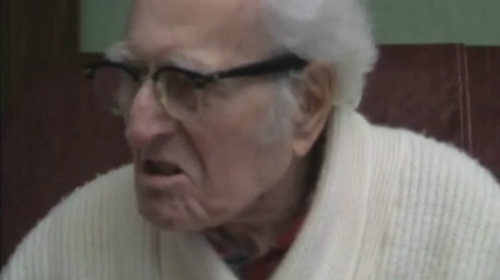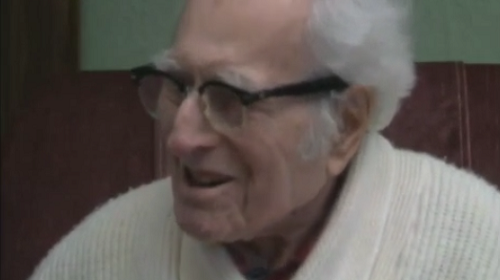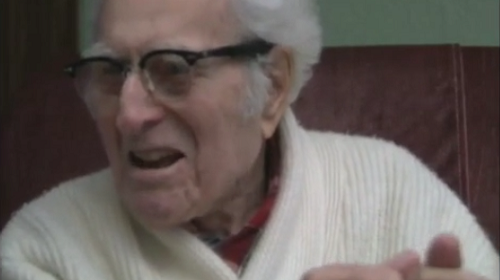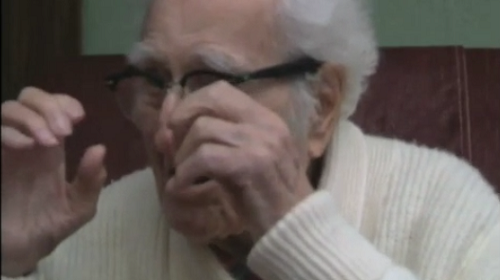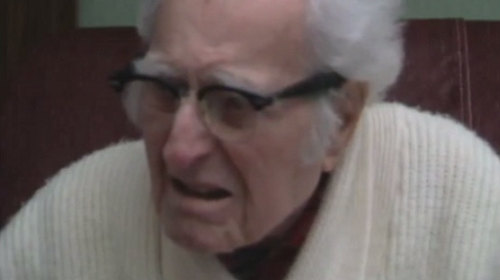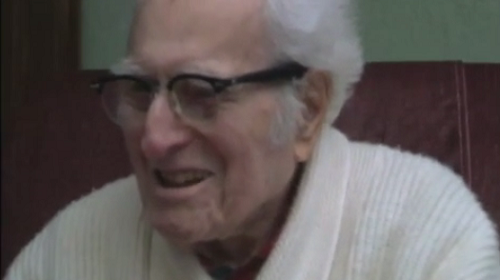Muddy Conditions for Guns
Heroes Remember
Muddy Conditions for Guns
Transcript
I think if I remember right it took us
about four nights moving up the line.
We had to move under cover
of darkness of course and
the conditions were terrible with mud.
Mud over your, halfway to your knees you see.
And it was rainy weather and snow,
snow and rain. Start a snow storm there
and it ends up rain.
So it was just,
the weather conditions were just terrible.
But it had to go ahead.
We moved our guns with caterpillar tractors,
known as caterpillars.
They'd just roll through a fence
and right along.
They laid down their own track
as it were you see.
It was all infested with barbed wire
entanglements and we had to
destroy those by shell fire.
You see we'd go into position,
move one night and we'd fire the next day
in that position and you'd have to
get out that night again because
he'd concentrate on that you see.
Description
Mr. Boyce describes the difficulty of moving guns because of the mud and the necessity of blowing holes through German barbed wire while constantly repositioning to avoid counter fire.
Harry Boyce
Harry Boyce was born in Bonshaw, Prince Edward Island on September 4, 1893. After moving to Regina to work as an architect, he returned to P.E.I. to enlist with the 8th Canadian Siege Battery. He trained in Charlottetown then went overseas and continued his training at Aldershot, England, where he specialized on the 8-inch siege gun, which fired a 200 pound shell. In the autumn of 1915 he was sent to France and served during the Somme, Vimy Ridge and Le Preol. He was gassed and repatriated to Canada.
Meta Data
- Medium:
- Video
- Owner:
- Veterans Affairs Canada
- Duration:
- 1:11
- Person Interviewed:
- Harry Boyce
- War, Conflict or Mission:
- First World War
- Branch:
- Army
- Rank:
- Warrant Officer
- Occupation:
- Sergeant
Related Videos
- Date modified:



